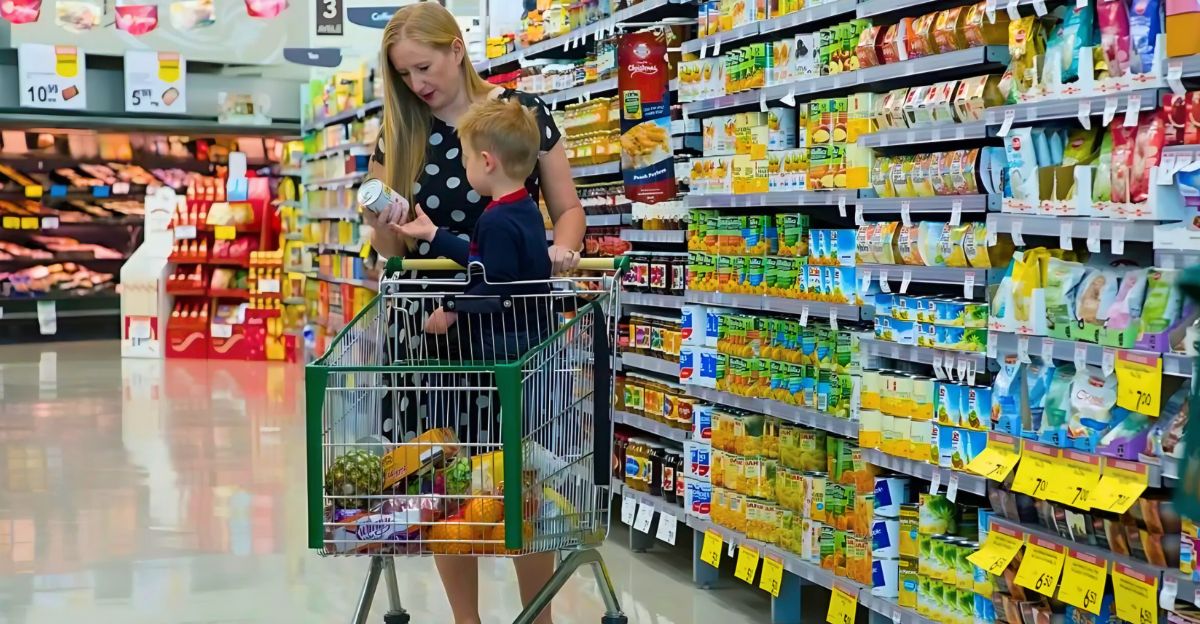
A major $1.8 billion merger quietly reshapes the grocery and fast-food landscape, leaving hundreds of store locations facing uncertain futures. This significant deal involves two key grocery wholesale and retail players, promising greater efficiency and scale. Yet, the immediate impact on local stores and communities remains unclear, stirring questions about the future of familiar shopping spots.
What drives this behind-the-scenes upheaval, and how might it affect your neighborhood grocery and dining options? The merger reflects broader industry trends of consolidation aimed at competing with retail giants and adapting to changing consumer demands.
The Stakes for Communities Nationwide
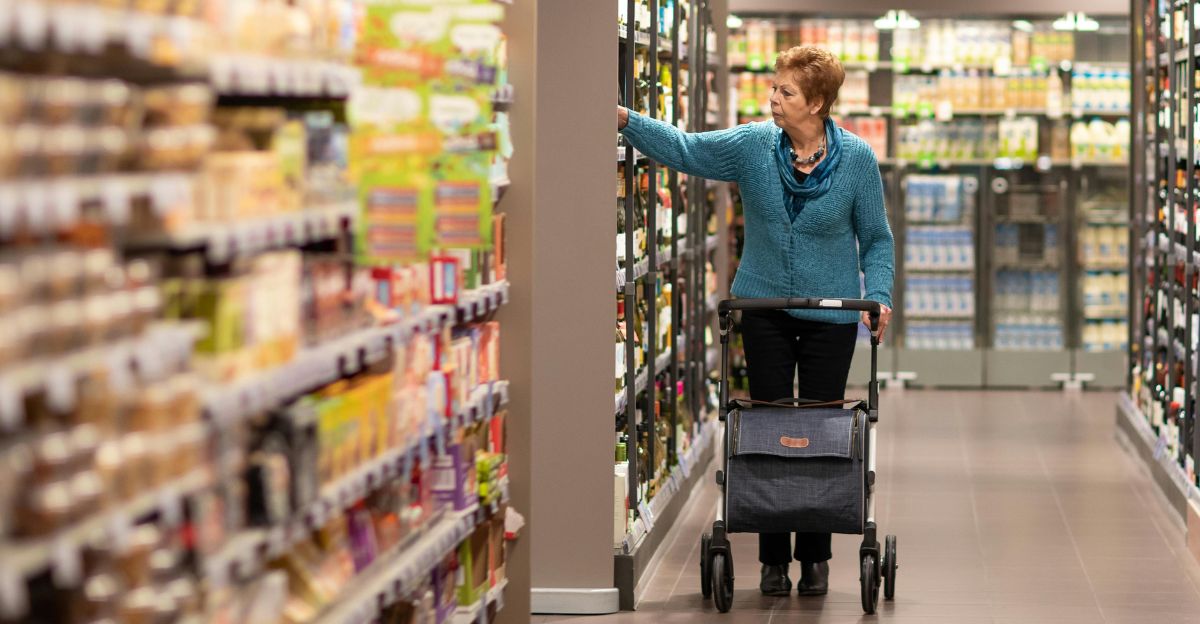
This merger’s ripple effects extend from small towns to large cities across the United States. Hundreds of stores, many serving as vital community hubs, now face potential closures or ownership changes. The deal promises to strengthen the combined company’s ability to compete in the $1 trillion food-at-home market but raises concerns about store stability.
The uncertainty looms large for shoppers and employees alike: could your local grocery or sandwich shop be next in line for a shakeup? The stakes are high for preserving neighborhood access to affordable, convenient food.
Nostalgia Meets Change
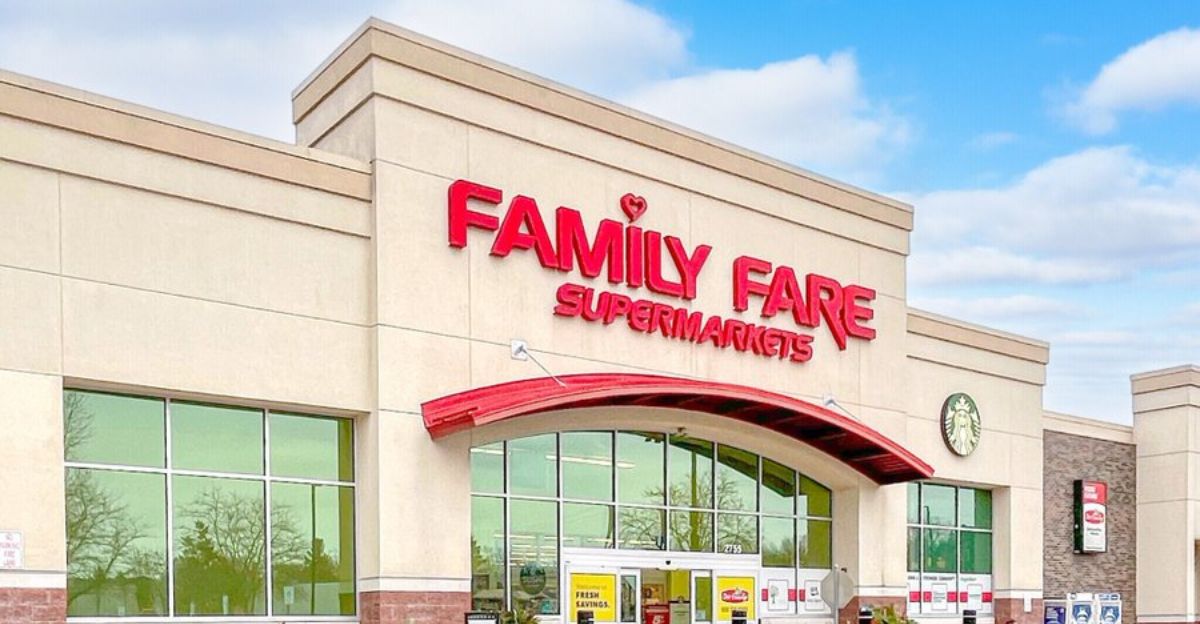
Many consumers recall when certain grocery and sandwich chains were staples of daily life, with familiar storefronts peppering neighborhoods. Chains like Family Fare and Martin’s Super Markets have long been part of local routines, while sandwich shops once dominated quick lunch options.
However, these brands are now undergoing transformations that few anticipated. Store closures, ownership changes, and evolving market strategies mean the brands you grew up with are disappearing or changing shape, signaling a shift in how Americans shop and eat.
The Forces Behind the Decline

Changing consumer habits, including a preference for healthier and more diverse food options, has pressured traditional grocery and fast-food chains. Competition from big-box retailers, online grocery platforms, and fast-casual dining has intensified.
Franchisees and store operators face rising operational costs and the challenge of modernizing to meet evolving tastes. This shifting landscape forces companies to rethink their strategies, often resulting in store closures or rebranding efforts to stay competitive.
The $1.8 Billion Merger Unveiled.

The private equity-backed C&S Wholesale Grocers has agreed to acquire SpartanNash in a $1.8 billion deal, combining two major grocery wholesalers and operators. SpartanNash owns nearly 200 grocery stores under banners like Family Fare and Martin’s Super Markets, which will now come under C&S ownership.
This merger aims to create a more efficient and competitive entity with expanded distribution networks and purchasing power. However, C&S has not publicly committed to maintaining all these stores, and many locations’ futures are uncertain as the deal closes in late 2025.
Regional Impact and Store Closures
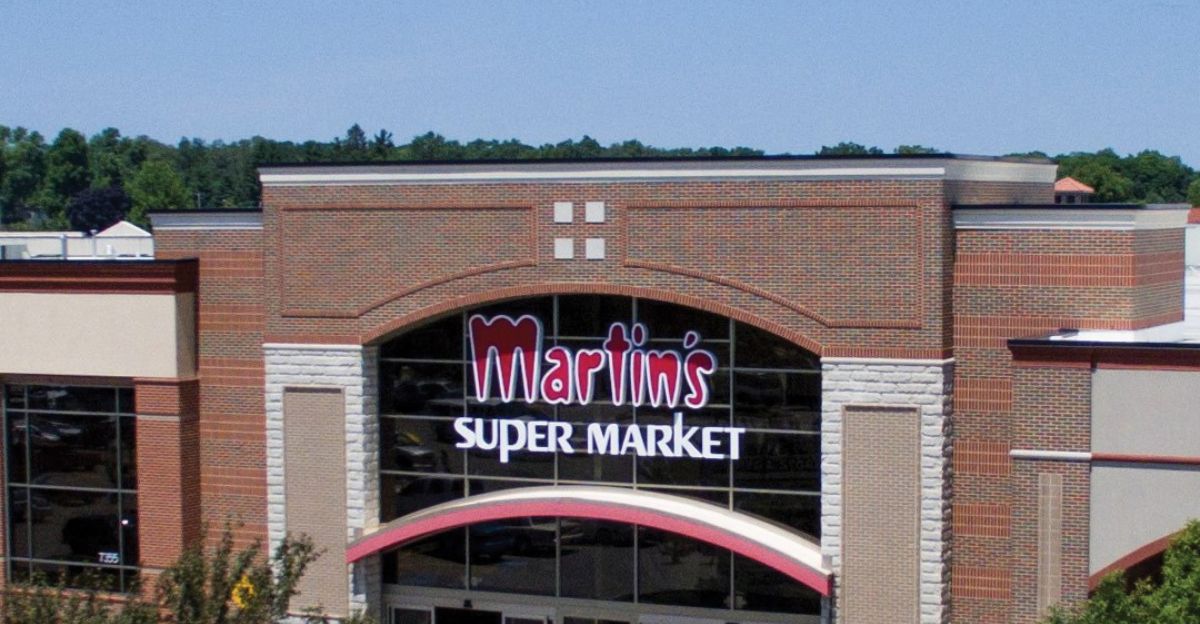
The merger will affect regions differently, with some areas experiencing more store closures or changes than others. SpartanNash’s stores span the Midwest and parts of the South, including Michigan, Ohio, and Kentucky.
While the combined company aims to offer lower prices and better service through scale, local economies may feel the impact of store consolidations or sales. This regional disparity highlights the complex balance between corporate efficiency and community needs.
Franchisee Challenges Amid Change

Franchise owners and store managers face significant uncertainty as the merger progresses. Many report feeling unsupported during restructuring efforts, with pressure to modernize and compete against fast-casual and online competitors.
The traditional franchise model is under strain, and some operators worry about their long-term viability under new ownership. This tension underscores the human side of corporate consolidation, affecting livelihoods and local service quality.
Competition and Regulatory Scrutiny

C&S and SpartanNash’s merger comes amid broader concerns about grocery and fast food concentration in the market. The Federal Trade Commission (FTC) has scrutinized similar deals, wary of monopolistic outcomes.
For example, Roark Capital’s ownership of multiple sandwich chains has raised antitrust questions. The grocery merger similarly invites regulatory attention as these companies grow larger and more influential in the food retail sector.
Adapting to Changing Consumer Preferences
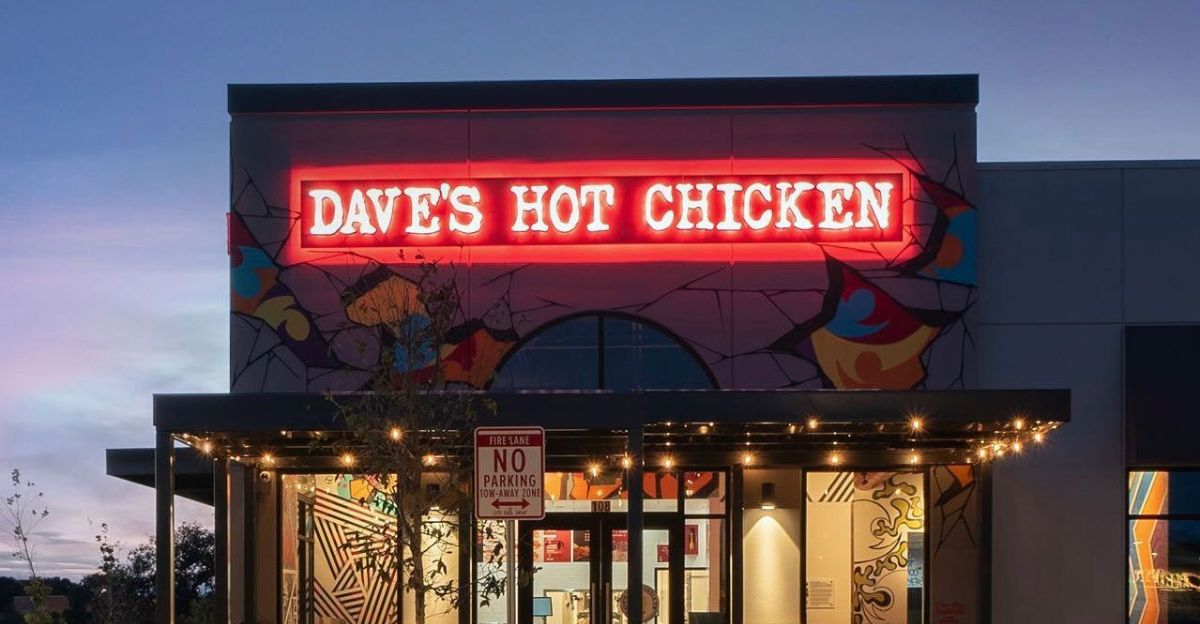
Consumers increasingly demand healthier, fresher, and more diverse food options, pushing grocers and fast-food brands to innovate. Fast-casual chains like Dave’s Hot Chicken, recently acquired by Roark Capital for $1 billion, exemplify this trend.
The merger aims to leverage scale to better meet these evolving tastes. Still, success depends on how well the combined company can adapt its store formats, product offerings, and customer experience.
What Lies Ahead?

This $1.8 billion merger could reshape the grocery and fast-food landscape for years. Will the combined company deliver on promises of lower prices and stronger competition? How will regulatory scrutiny and shifting consumer habits influence its strategy? The story is still unfolding for shoppers and employees, with many local stores’ fates hanging in the balance.
The coming months will reveal whether this consolidation strengthens community grocery access or accelerates store closures and market concentration.
